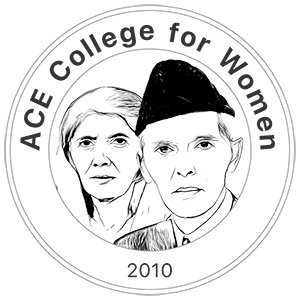Aquaporins (AQPs): On Making Progress Towards their Role and Application in the Biological World
| Received 13 Jul, 2025 |
Accepted 29 Sep, 2025 |
Published 30 Sep, 2025 |
Aquaporins are small pores or channels about which only limited information has been documented. Despite their small size, they are believed to play significant roles in the body, particularly within the plasma or cell membranes of both plant and animal cells. These channels have been identified not only in plants but also in various animal tissues and cells. However, comprehensive data on them remains scarce. Through this review article, it is intended that increased awareness be generated among researchers and the scientific community regarding the presence of aquaporins in the biological world, their essential functions in plant and animal systems, and their potential significance in future research. In this paper, relevant information has been compiled concerning the history, development, structure, functions, and distribution of aquaporins. Furthermore, their physiological and pathological roles in both plant and animal cells have been explored and discussed.
How to Cite this paper?
APA-7 Style
Upadhyay,
P., Upadhyay,
R. (2025). Aquaporins (AQPs): On Making Progress Towards their Role and Application in the Biological World. Asian Science Bulletin, 3(3), 254-264. https://doi.org/10.3923/asb.2025.254.264
ACS Style
Upadhyay,
P.; Upadhyay,
R. Aquaporins (AQPs): On Making Progress Towards their Role and Application in the Biological World. Asian Sci. Bul 2025, 3, 254-264. https://doi.org/10.3923/asb.2025.254.264
AMA Style
Upadhyay
P, Upadhyay
R. Aquaporins (AQPs): On Making Progress Towards their Role and Application in the Biological World. Asian Science Bulletin. 2025; 3(3): 254-264. https://doi.org/10.3923/asb.2025.254.264
Chicago/Turabian Style
Upadhyay, Pratiksha, and Rishikesh Upadhyay.
2025. "Aquaporins (AQPs): On Making Progress Towards their Role and Application in the Biological World" Asian Science Bulletin 3, no. 3: 254-264. https://doi.org/10.3923/asb.2025.254.264

This work is licensed under a Creative Commons Attribution 4.0 International License.




